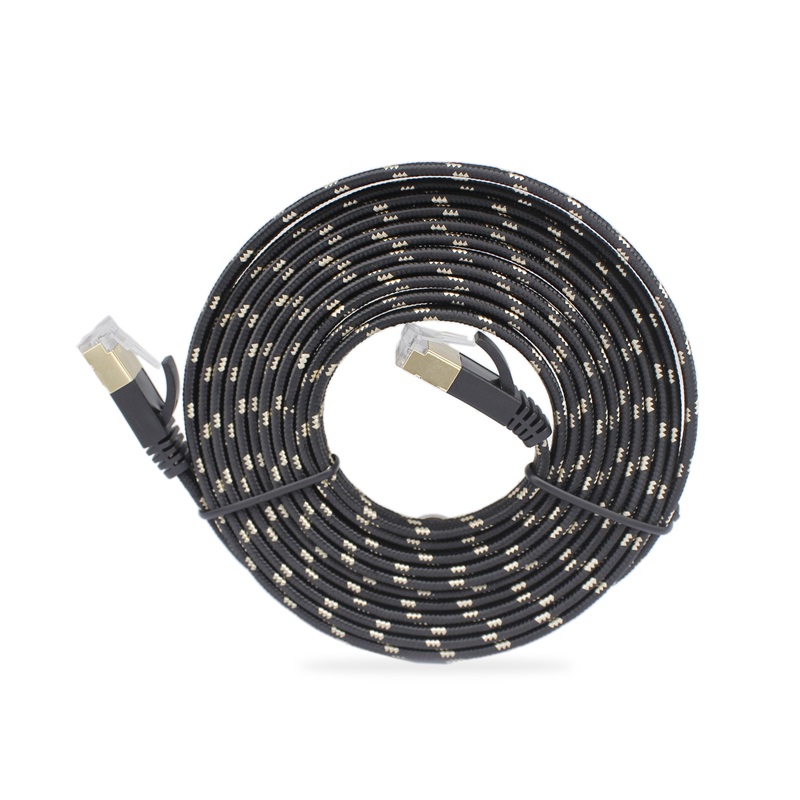An Ethernet cable is a common networking cable used to connect computers, routers, and other devices to a local area network (LAN) or the internet. While Ethernet cables are primarily designed for data transmission, they can also handle a certain amount of power.

Understanding Power over Ethernet (PoE)
Power over Ethernet (PoE) is a technology that allows both data and power to be transmitted over a single utp cat6 cable. This eliminates the need for separate power cables, making it convenient for devices such as IP cameras, wireless access points, and VoIP phones that require both data connectivity and power.
PoE operates by sending low voltage power alongside data signals through the unused wires in an Ethernet cable. This power can then be used by compatible devices at the receiving end.
The maximum power a PoE Ethernet cable can handle
The maximum wattage or power that an utp cat6 cable can handle depends on several factors, including the specific version of PoE being used.
There are several versions of PoE, each with different power specifications. The most common ones include:
- PoE (802.3af): This version supports a maximum power delivery of 15.4 watts. It is commonly used for devices with low to moderate power requirements, such as IP phones and wireless access points.
- PoE+ (802.3at): Also known as PoE Plus, this version can deliver up to 30 watts of power. It is suitable for devices that require higher power, such as pan-tilt-zoom (PTZ) cameras and thin clients.
- PoE++ (802.3bt): This latest version of PoE, also known as 4PPoE (Four-Pair Power over Ethernet), can deliver up to 90 watts of power. It is designed for power-hungry devices like advanced surveillance cameras and high-performance wireless access points.
It is important to note that not all Ethernet cables are capable of supporting the maximum power capacity of a specific PoE version. The cable's thickness, wire gauge, and quality of insulation can affect its power handling capabilities.
Choosing the right Ethernet cable for your power requirements
When selecting an Ethernet cable for PoE applications, it is essential to consider the power requirements of the devices you intend to connect. Using a cable that cannot handle the necessary power can lead to loss of power, degraded performance, or even damage the equipment.
To ensure proper power delivery, it is recommended to use Ethernet cables specifically labeled as "PoE" or "PoE-ready." These cables are designed to meet the power handling specifications of the respective PoE version.
In addition to the cable, the network switch or injector you use should also support the specific PoE version required for your devices. This ensures compatibility and optimal power delivery.
Conclusion
An Ethernet cable can handle a certain amount of power through the implementation of Power over Ethernet (PoE) technology. The maximum wattage that an Ethernet cable can support depends on the specific PoE version being used. It is crucial to select the right Ethernet cable and support equipment to ensure proper power delivery and avoid any potential issues.


